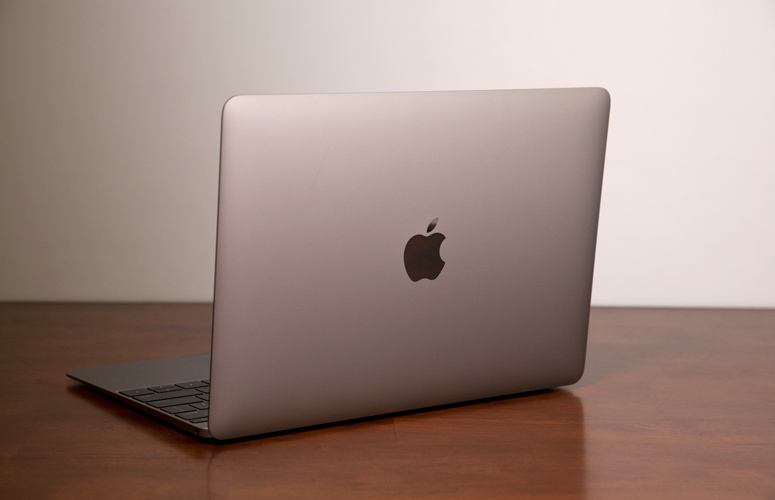New MacBooks will continue to support Thunderbolt: What this means for you
Thunderbolt ports stay despite Apple's move away from Intel

In a surprising twist, Apple has promised that upcoming MacBooks powered by custom ARM-based CPUs will support Thunderbolt, an Intel technology.
Mac users were understandably concerned that the impending shift from Intel CPUs to Apple Silicon would force Apple to stop using Thunderbolt ports on future MacBooks. However, Apple will continue to use the connectivity standard despite its plans to abandon Intel chips.
- MacBook Air vs MacBook Pro
- MacBook Pro (13-inch, 2020) Review
- Apple moves to custom processors for MacBooks, says goodbye to Intel
“Over a decade ago, Apple partnered with Intel to design and develop Thunderbolt, and today our customers enjoy the speed and flexibility it brings to every Mac," an Apple spokesperson told The Verge. "We remain committed to the future of Thunderbolt and will support it in Macs with Apple silicon."
So, there you have it. Apple helped develop the original standard alongside Intel and will, therefore, continue to use Thunderbolt in future products. That means any pricy Thunderbolt 3 cables you purchased for your current Mac will continue to work when you upgrade to an ARM-based one.
So far, Apple has only brought Thunderbolt to Macs. The iPad Pro has a standard USB 3.1 (non-Thunderbolt) port while the iPhone continues to rely on Lightning.
Benefits of Thunderbolt
Why get so worked up about a port? Thunderbolt 3 uses the USB-C connector but offers several benefits over a standard USB 3.1 input, including faster transfer speeds (up to 40Gbps) and support for up to two 4K monitors.
Thunderbolt 4, which Intel detailed for the first time yesterday, increases the minimum requirements of the standard. While maximum transfer speeds will remain at 40MBps (over a 2-meter cable), one Thunderbolt 4 port must drive power to thin and lightweight laptops that need less than 100 watts to charge.
Sign up to receive The Snapshot, a free special dispatch from Laptop Mag, in your inbox.
Additionally, PCIe data transfer speeds for external hard drives have increased to 32Gbps and PCs connected to Thunderbolt docks must wake when you touch a mouse or keyboard. And when Thunderbolt 4 arrives in Intel systems later this year, it will require them to either support two 4K monitors or a single 8K monitor.
Thunderbolt 4 is compliant with USB4, DisplayPort and PCIe Express standards, and is compatible with previous-gen Thunderbolt and USB products.
Apple didn't specify which version of Thunderbolt it will use in future MacBooks, but we wouldn't be surprised to see a Thunderbolt 4 port on the first ARM-based Mac, which is expected to arrive before the end of this year.
Phillip Tracy is the assistant managing editor at Laptop Mag where he reviews laptops, phones and other gadgets while covering the latest industry news. After graduating with a journalism degree from the University of Texas at Austin, Phillip became a tech reporter at the Daily Dot. There, he wrote reviews for a range of gadgets and covered everything from social media trends to cybersecurity. Prior to that, he wrote for RCR Wireless News covering 5G and IoT. When he's not tinkering with devices, you can find Phillip playing video games, reading, traveling or watching soccer.

